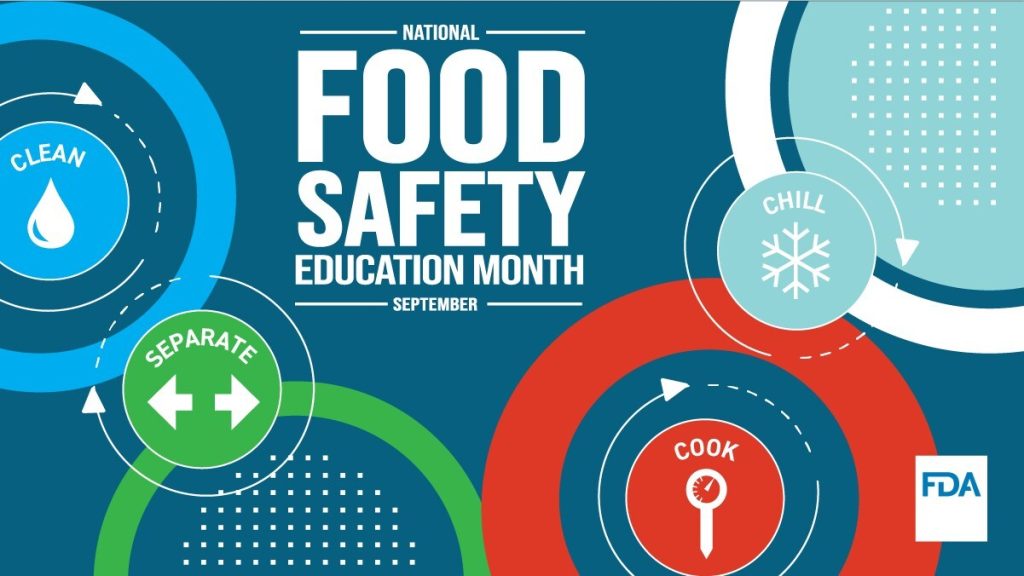All fields are required
Posted in Food Safety,Our Blog on October 18, 2024

National Food Safety Month is coming to a quick end but here at Make Food Safe we feel that you should participate in these practices every day of the year (even on Leap Day!) and wanted to share some reminders of how to be food safe and protect not only yourself but your family as well.
There are 4 steps that can save so many illnesses and potential hospitalizations. Did you know every year 1 in 6 people gets sick from a foodborne illness? Foodborne illnesses also result in an estimated 128,000 hospitalizations and 3,000 deaths yearly. Some groups of people are at greater risk of getting a foodborne illness or experiencing one for longer, require hospitalization, or even die.
If you or your loved ones are at a high-risk of foodborne illness, reduce the risk by knowing which foods are associated with higher risk:
If you eat contaminated food, symptoms of foodborne illness appear 12 to 72 hours later, but they may occur between 30 minutes and 4 weeks later. Symptoms can include:
You should contact your physician or health care provider as soon as possible if you suspect you may have a foodborne illness.
To keep you and your family safer from food poisoning, follow these four simple steps:
It has been proven that when people follow a written (or printed) recipe and food safety tips are included that people are less likely to get sick? It proves that sometimes a simple reminder to our daily routines can prevent catastrophic events even within your own home. If you are giving a recipe to someone and think they need a little reminder it couldn’t hurt to write or even type a few food safety tips at the end. At the end of the day it could save a life especially if someone is in a risk group.
Also don’t forget with fall and holiday gatherings approaching; maybe a little quicker than some of us want that any leftovers that have been at room temperature for more than 2 hours should be tossed out.
We wish you all an amazing October as we wind down this National Food Safety Month and hope that you all stay safe, happy and healthy!